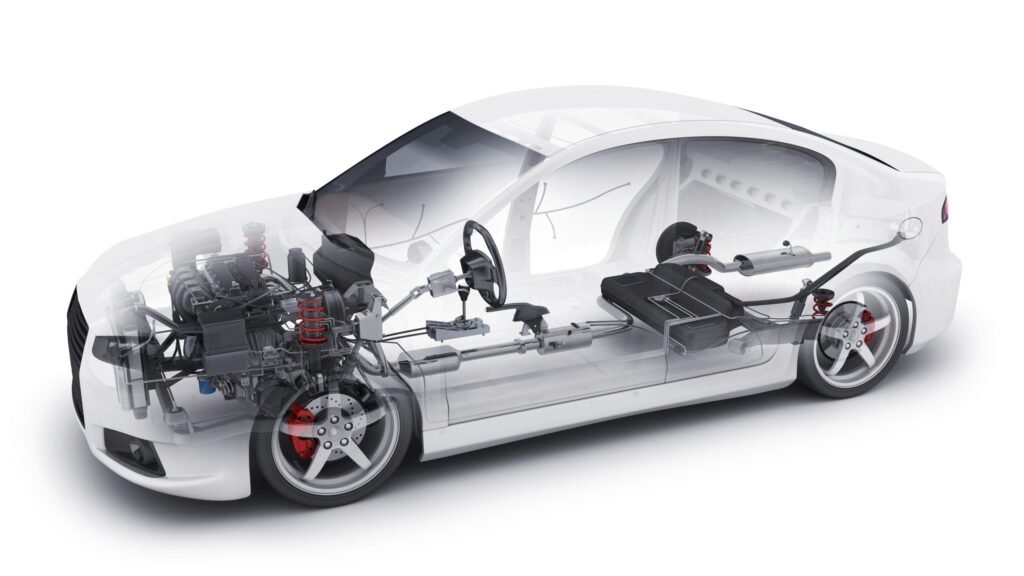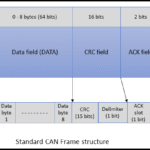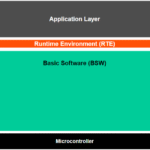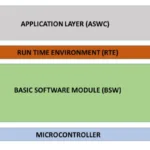AUTOSAR Open Source Software: A Reliable Foundation for Automotive Development
The AUTOSAR (AUTomotive Open System ARchitecture) standard has been the backbone of modern automotive software design for decades, providing a modular and standardized framework for ECU (Electronic Control Unit) development. Among its contributions, the open source implementations of AUTOSAR software have played a vital role in enabling developers, researchers, and companies to build upon a reliable foundation without starting entirely from scratch.
Released Long Ago, Still Relevant Today
Open source AUTOSAR software stacks were released many years ago, initially as reference implementations. While they may not always include the very latest features defined in the AUTOSAR consortium, these implementations continue to provide mature and stable functionality across the stack. Their longevity and broad usage across projects are proof of their robustness and relevance in the automotive field.
Stable Source Code for the Entire AUTOSAR Stack
The open source AUTOSAR code base typically covers all core layers of the stack—from basic software modules (BSW) such as memory services and communication services, to complex drivers and system services. These modules are designed with AUTOSAR compliance in mind and are already tested against many standard use cases. As a result, developers can rely on them as a stable starting point when building new ECUs or experimenting with AUTOSAR-based systems.
Flexible Integration for Developers
One of the major advantages of AUTOSAR open source software is its ease of integration into custom projects. Developers can import the source code, configure the necessary modules according to their project’s requirements, and then test the setup within their development environment. In most cases, only minor updates or adaptations are required to align the open source modules with the target hardware platform or specific project constraints. This flexibility makes open source AUTOSAR software a practical tool for prototyping, education, and even production-level use in certain scenarios.
Commonly Reused Modules: DCM and COM Stack
In practice, developers often find that certain modules are highly reusable across projects. Two of the most commonly reused are:
DCM (Diagnostic Communication Manager): Provides standardized diagnostic services, essential for vehicle maintenance and troubleshooting. Since diagnostic functionality is required across nearly all automotive ECUs, DCM from open source stacks is frequently adopted.
COM Stack (Communication Stack): Handles communication between ECUs via CAN, LIN, Ethernet, or FlexRay. Because communication services are fundamental to distributed automotive systems, developers often reuse and adapt the COM stack from open source implementations.
These modules reduce the time and effort needed to develop critical functionality from scratch, ensuring faster development cycles while maintaining compliance with AUTOSAR standards.
To download the source code, please visit the link : https://github.com/openAUTOSAR/classic-platform
In the next article we will learn how to import and configure DCM stack into NXP Microcontroller project. Have a nice day!





Leave a Reply